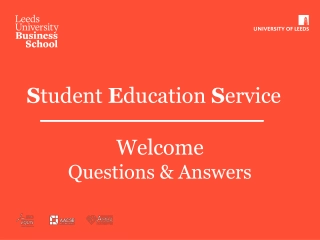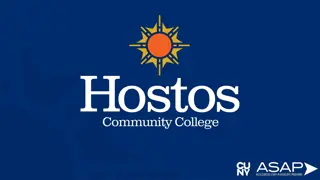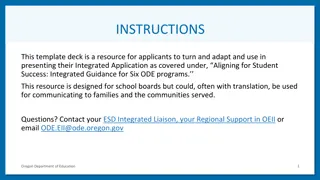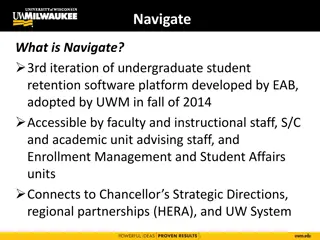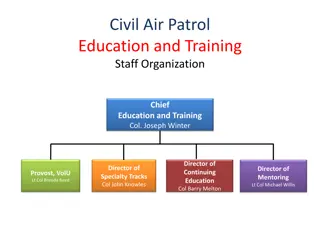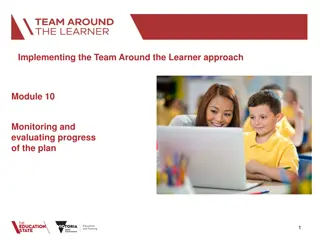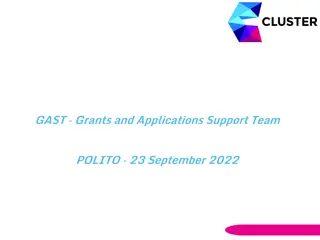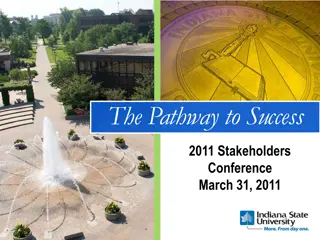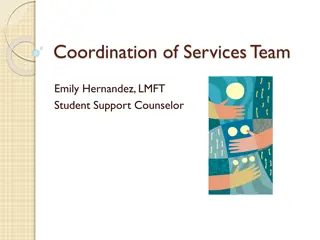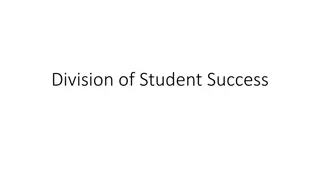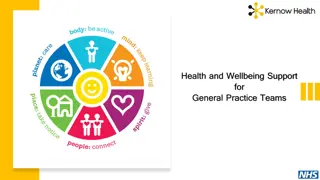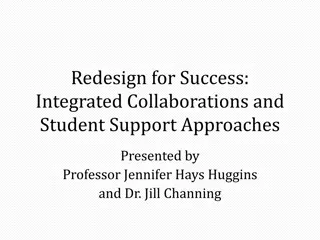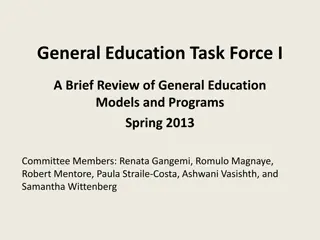Student Support and Progress Team: Enhancing General Education Programs for Student Success
The Student Support and Progress Team (SSPT) emphasizes early intervention within the general education program to address student underachievement. Composed of educators, the team identifies areas of need, recommends systematic supports, and implements interventions at different levels to accelerate student learning. Through a multi-tiered system of support, the SSPT conducts meetings, monitors progress, and makes data-based decisions to promote student success. School-wide monitoring and referral processes ensure targeted support is provided to students in need.
Download Presentation

Please find below an Image/Link to download the presentation.
The content on the website is provided AS IS for your information and personal use only. It may not be sold, licensed, or shared on other websites without obtaining consent from the author. Download presentation by click this link. If you encounter any issues during the download, it is possible that the publisher has removed the file from their server.
E N D
Presentation Transcript
Student Support and Progress Team The SSPT process emphasizes that early intervention for struggling students is a function of the general education program and not of special education. The purpose of the SSPT is to function as a school-based problem- solving team composed primarily of general educators who provide support to teachers to improve the quality of the general education program and reduce the underachievement of students.
Student Support and Progress Team Determines areas of need to accelerate learning for all students Identifies achievement disparities (focus grades and focus areas) Recommends differentiated and systematic supports needed to close achievement gaps to promote success for all students Emphasizes that early intervention for struggling students is a function of the general education program and not of special education. SST COST LAT Student Support and Progress Team
Multi-Tiered System of Support and the Student Support and Progress Team Conduct the SSPT Meeting School-wide School-wide Monitoring Monitoring SSPT Referral Process Conduct On-going Progress Monitoring Follow-up Meeting; Data- Based Decision Making Implement the Interventions
The SSPT Involves Different Levels of Support
The SSPT Involves Increasing the Level of Support CLASSROOM Tier 2 Interventions that some students receive
The SSPT Involves Supports at the Highest Level Tier 3 INDIVIDUAL Most Intensive Individualized and/or Small Group: Highly Intensive Intervention Support
School-wide Monitoring: Teachers will meet and review the performance of all the students at the school. They will make recommendations regarding any students that need an SSPT meeting. Teachers will also make recommendations regarding targeted supports (i.e., school-wide, classroom, and individual interventions).
Who Can Make A Referral to the SSPT? A parent/caregiver can make a referral to the SSPT. The parent fills out an SSPT Request Form* and gives it to the SSPT Designee. The SSPT Designee will schedule a meeting with the parent to review the parent s concerns and complete the referral information. The SSPT Designee will also gather helpful information from the child s teacher(s)
How can I actively participate in My Childs SSPT Meeting? Be informed ahead of time regarding what to expect. The SSPT strives to create a culture of collaboration. Know how to prepare for it (e.g., what is the process, who are the members and what is their role, what are some of the reasons why a parent may participate). To ensure a successful meeting, become knowledgeable about the process. Knowledge is key to helping you fully prepare for a successful meeting. Image result for family and school partnerships
How can I actively participate in My Childs SSPT Meeting? Be informed ahead of time regarding what to expect. The SSPT strives to create a culture of collaboration. Know how to prepare for it (e.g., what is the process, who are the members and what is their role, what are some of the reasons why a parent may participate). To ensure a successful meeting, become knowledgeable about the process. Knowledge is key to helping you fully prepare for a successful meeting. Image result for family and school partnerships
Possible SSPT Members Administrator or Designee Health and Human Services Personnel EL/Master Plan Expert (Designee) General Education Teacher SSPT Members Instructional Specialists Image result for trees growing Related Services Personnel Student (when appropriate) Parent
What to expect in preparation for an SSPT Meeting? The SSPT Designee will schedule the meeting and notify the parent using the Parent Invitation Letter*. The team will review the child s educational performance. Image result for elementary students working
Active Parent Participation at an SSPT Meeting If you have received a Parent Invitation Letter, plan to attend your child s SSPT Meeting. Related image Participate in the discussion regarding your child s performance Participate in the development of goals. The goals will be reviewed within the next 6-8 weeks. Ask questions regarding how you might help your child at home, to achieve his/her SSPT goals at school. Encourage your child to participate in all aspects of the intervention.
What should I expect at the SSPT Meeting? The team members will introduce themselves Image result for success clipart The SSPT Designee will review the student information that was provided in advance and gather any new information. As a group, the SSPT develops goals that are individualized to the student s needs and completes the Student Intervention Plan. The team will brainstorm intervention supports and provide a description of the supports, such as what it is, when it will be provided, by whom and how often.
Scheduling a Follow-up Meeting The teacher will provide the intervention supports. The teacher will monitor the student s progress to see how well the child is learning new information. A follow-up meeting is scheduled within 6-8 weeks to determine how well the student is responding to the supports and review the student s progress. Image result for student study team
At the Follow-Up Meeting The team will review the student s progress at the follow-up meeting and determine the most appropriate next steps: Modify the intervention (i.e., instructional strategy, intervention program, goals, grouping, duration and frequency) Continue the intervention Adjust the level of tiered support, based on student outcome data Review and consider a Section 504 Plan Recommend Reclassification of English Learners Exit the Student Support and Progress Team process and make decisions regarding educational needs and next steps Image result for student improvement


